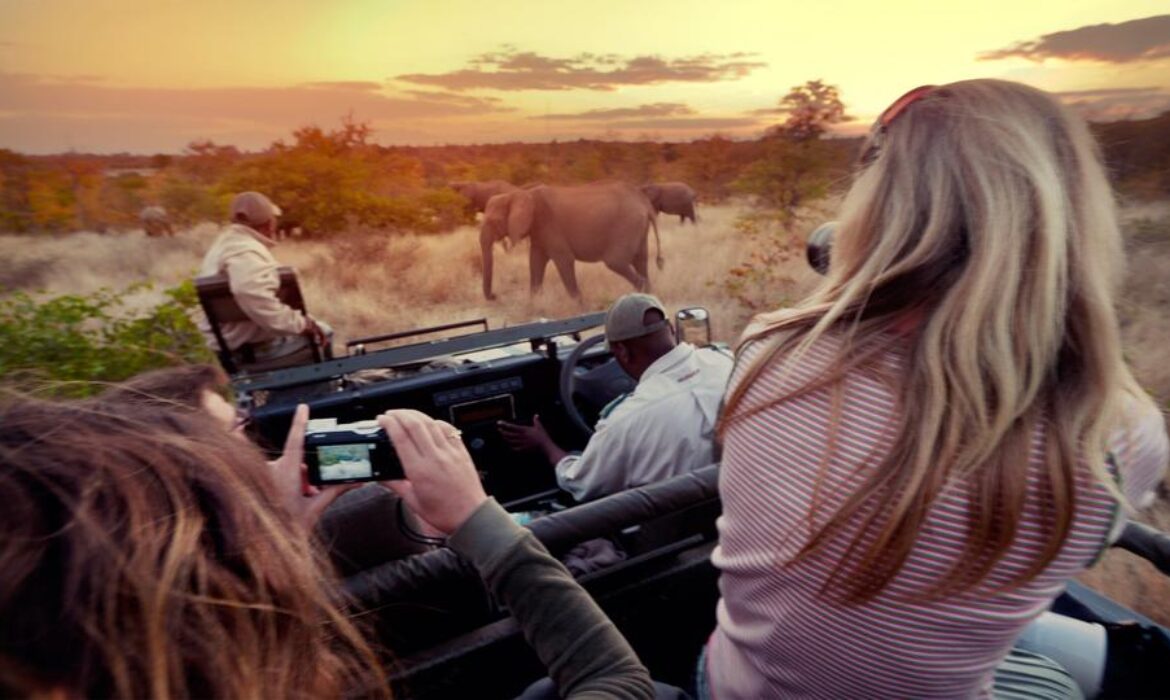
Embarking on a photo safari within the US offers the opportunity to capture some of the most diverse and breathtaking wildlife photography in the world. From the vast plains of the Great Plains to the dense forests of the Pacific Northwest, the country’s varied ecosystems provide the perfect backdrop for stunning wildlife shots.
If you’re a photographer, whether a beginner or experienced, capturing these moments takes more than just luck. With the right approach and preparation, you can elevate your wildlife photography to a whole new level.
Research Your Destination
US-based photo safaris are some of the best experiences to have when visiting. However, to fully get the most out of your trip, it’s crucial to research the location where you’ll be shooting. The US offers countless environments, from the wetlands of Florida to the deserts of Arizona, and each is home to a unique set of animals. Understanding the wildlife in the region will help you anticipate their behaviors, making it easier to capture that perfect shot.
Master Your Gear
Having the right equipment and understanding how to use it is key to taking incredible wildlife photos. A telephoto lens is almost essential for wildlife photography, as it allows you to photograph animals from a distance without disturbing them. A zoom lens, like a 200-500mm, is a versatile option that works well in many situations, allowing you to quickly adapt as the scene unfolds.
Don’t forget extra batteries and memory cards. You’ll be shooting a lot, and you don’t want to miss a shot because you’ve run out of space or power. Also, consider investing in a sturdy tripod or monopod for stability during long shoots.
Patience is Key
Wildlife photography requires a good deal of patience. Unlike studio photography, you have no control over your subject. Animals operate on their own schedule, and often, you’ll need to wait hours just for a brief glimpse of action. But when that moment arrives, it’s worth the wait.
To increase your chances of success, find a good location and settle in. Blend into the environment as much as possible by wearing neutral-colored clothing and staying quiet. Avoid sudden movements that might scare the animals away. If you’re shooting from a vehicle, as is common in many US-based safaris, turn off the engine to reduce vibrations and noise.
Composition and Framing
When it comes to photography, composition is everything. A well-composed wildlife shot tells a story and draws viewers into the scene. The rule of thirds is a helpful guideline in wildlife photography. By placing your subject off-center, rather than in the middle of the frame, you create a more dynamic and interesting composition.
Another technique is to leave space in the direction the animal is looking or moving. This creates a sense of motion and anticipation in the shot. If you’re photographing an animal in its natural habitat, include some of the surroundings in the frame to provide context and showcase the environment.
Respect Wildlife and the Environment
It’s essential to remember that, while photography is your goal, you are entering the animals’ habitat and must respect their space. Never get too close or try to interact with wildlife. Maintain a safe distance, not only for your safety but to avoid stressing the animals or altering their behavior.
Many national parks and wildlife refuges have strict guidelines regarding how close you can get to wildlife. Adhere to these regulations, and always leave the environment as you found it. If you’re traveling with a group or guide, they will often know the best practices for staying safe while ensuring the animals remain undisturbed.
Capturing stunning wildlife photos on a US-based safari is an adventure that requires preparation, patience, and respect for nature. Whether you’re snapping shots of majestic elk in the Rocky Mountains or playful dolphins off the coast of California, each experience brings new challenges and rewards that make the journey unforgettable.



